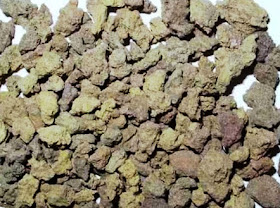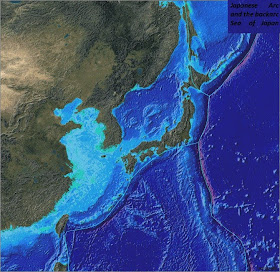Solid content is a fraction total solid in drilling mud, and it always increased while drilling ahead because of drilling solid (cuttings), mud chemical additives and weighting material. When we talk about the solid content, we always mean soluble and insoluble content in the drilling fluid system.
There are three types of solid contents as listed below:
- Soluble material such as salt
- Insoluble high gravity solid (HGS) as weighting agents (barite, calcium carbonate, hematite, etc.)
- Insoluble low gravity solid (LGS) or drilled solid as particles from cuttings
The drill solids are the worst content in the drilling fluid because it gradually deteriorates mud properties. Moreover, if its particle size is less than 5 microns, they could not be removed by mechanical methods, and they will stay in the mud forever. Generally, thye will take 6-7 percent of total mud volume. Since the drilled solid content is very important, it must be checked daily. For good drilling practices, the drilled solid should be tested twice a day by retorting. The upper limit of the drill solid faction should be 6-7 % by volume or approximately 55 – 60 pound per barrels. Please remember that this figure is general rule of thumb. Practically, you can operate the drilling operation with more solid content for a while but over all performance will be gradually down.
There is another value besides the LGS and HGS that you must contemplate is the average density of solids in the drilling mud. I will explain why this figure is important and what it tells us. The weighting materials as barite, Calcium Carbonate, etc have a specific gravity value about 4.2. However, the drilled solids as clay and silt have a less specific gravity about 2.6. The average density means the relative concentrations of both the weighting agent and the drilled solid. Normally, the acceptable value of the average solid density is about 3.8 or higher. If you see this value below 3.8, it indicates that there may be too much low gravity solid in the mud.
The operational impacts of solid content are as follows:
Equivalent Circulating Density (ECD) – The ECD will be higher if the solid content increases, regardless of whether High Gravity Solid (HGS) or Low Gravity Solid (LGS). As you may know, excessive ECD will lead to formation fracture and a loss circulation issue.
Differential Sticking – The filter cake can be thick and sticky, if there are a lot of low gravity solids in the drilling mud. When there is thick mud cake, you will have high potential to get differentially stuck across permeable formations.
Rate of penetration – High concentration of the solid content will affect the overall rate of penetration. As you know, there are three solid contents added into the system. The first two contents are weighting material and chemicals which we really need them in the drilling fluid. For this part, we cannot reduce their content in the mud because they are essential to for mud properties. The last one is the drill solid that we are able to control by mechanical methods. Therefore, in order to optimum ROP, you need to control the amount of drilled solid in the mud.
Surge/swab pressure – The excessive surge and swab pressures are resulted from the high amount of solid contents in the fluid system.













































